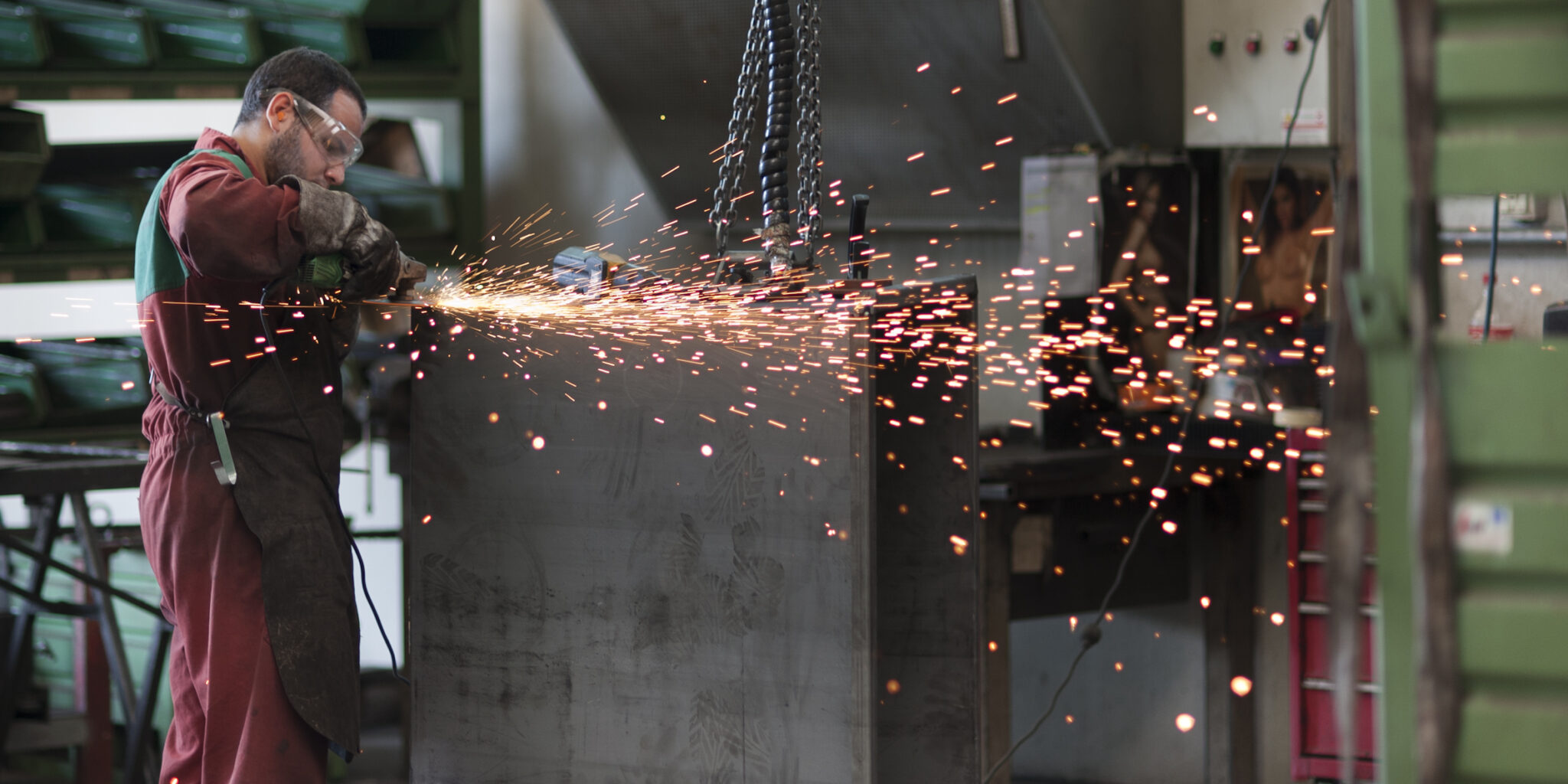When we talk about a “frame,” we need to think of a combination of metalwork, which can consist of tubes, beams, reinforcing plates, or similar elements, joined together and welded.
One fascinating aspect of frames is that, at first glance, what immediately stands out is the beauty and simplicity that characterize the geometric shapes that compose them.
This is interesting because, in reality, these are very complex constructions that require the management of a large number of specific details—both in the initial stages and during assembly, which may involve welding or mechanical processes.
What is a Precision Frame
A precision frame is a metal structure designed and built with high accuracy to support machinery, equipment, or serve as the base for complex systems. Unlike standard frames, precision frames are constructed with very tight tolerances to ensure the stability and robustness needed in industrial applications that require high precision, such as precision mechanics, automation, and the production of machine tools.
The creation of a precision frame involves the use of high-quality materials, such as steel or aluminum, chosen based on the specific requirements for strength, weight, and stability.
These frames are essential for ensuring that machinery operates without unwanted vibrations, maintains proper alignments, and has a structure that can withstand the stresses to which it is subjected. Thanks to their robustness and precision, precision frames are widely used in industries such as automotive, aerospace, robotics, and the construction of material handling machines.
Production Process
The production processes for precision frames involve several stages, each of which contributes to creating durable, precise, and robust structures. Here are some of the techniques:
- Laser Cutting: This is crucial because it allows for sections with defined and clean edges, regardless of the material’s size. In fact, it is often used for sheet metal processing. Laser cutting offers great flexibility, reduces production times, minimizes waste, and ensures superior precision compared to traditional methods.
- Assembly: During this stage, devices are used to ensure that the various parts of the frame remain correctly positioned during assembly. This guarantees a high level of precision, reducing the likelihood of errors.
- Welding: After completing the figure with the laser, the welding phase begins, where different components are permanently joined to create the structure. To ensure structural stability and strength, it is essential that the welds are performed with extreme precision. Depending on the product being made, different welding techniques may be used, such as TIG welding and MIG welding, ideal for achieving smooth and flawless joints.
An interesting aspect of frames is that, even though they are robust metal structures and seemingly simple, their design hides an “ancient art” that has been passed down over the years.
The first rudimentary frames were built mostly by hand and required a lot of time to complete. Today, as we have seen in the previous section, things are different: there are advanced high-precision techniques available.
The art of making frames, although still rooted in its fundamental principles, has adapted over time to meet modern demands and ensure a high level of precision.
Do you need a precision frame?

